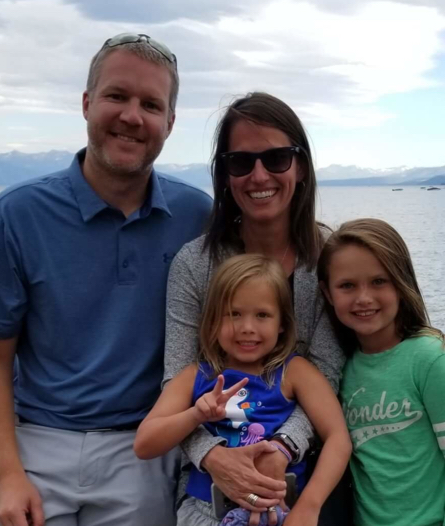When you can no longer afford to make all your debt payments, you might file for Chapter 13 bankruptcy to help you resolve your debt situation. But can Chapter 13 erase all your debts? Unfortunately, Chapter 13 bankruptcy does not eliminate all your debts. Instead, it provides you with an opportunity to restructure your debts so you can pay off outstanding balances and catch up on longer-term obligations like mortgages.
Understanding Chapter 13 Bankruptcy
Chapter 13 bankruptcy, also called “wage earner’s bankruptcy,” allows an individual with a steady source of income to reorganize their debts to pay them off according to a court-approved plan. Chapter 13 differs from Chapter 7 bankruptcy, as a Chapter 13 debtor does not have to liquidate their assets to pay creditors. Instead, they pay creditors over time using their disposable income.
In Chapter 13, a debtor must propose a three-to-five-year repayment plan under which they pay off their outstanding debts. The repayment plan can allow a debtor to pay down credit card or medical bills, or catch up on missed payments for secured loans, such as car notes or mortgages. The court must approve the repayment plan. Upon completing the repayment plan, a debtor may receive a discharge of eligible remaining debts.
Types of Debt in Chapter 13
In a Chapter 13 case, an individual may owe various types of debts, such as:
- Priority Debts – Bankruptcy law requires a Chapter 13 debtor to pay all priority debts in full under the repayment plan. Priority debts include unpaid taxes, child support, and alimony.
- Secured Debts – A secured debt refers to a debt backed by an asset that the creditor can repossess or foreclose on if the borrower defaults, such as a car loan or a mortgage. Chapter 13 debtors can restructure secured debts, typically to bring the loan up to date by paying off missed payments. However, Chapter 13 bankruptcy cannot erase secured debts; a debtor may allow the creditor to repossess the collateral, although doing so may expose the debtor to potential deficiency judgments if the collateral fails to cover the loan.
- Unsecured Debts – Include credit card bills, medical bills, and personal loans. A Chapter 13 repayment plan can propose to pay only part of the outstanding balances of unsecured debts if the unsecured creditors receive at least as much as they would in a Chapter 7 bankruptcy.
Debts That Chapter 13 Bankruptcy Cannot Discharge
Bankruptcy law prohibits the court from discharging certain types of debts at the end of a Chapter 13 case, such as:
- Student loans (with rare exceptions)
- Recent unpaid taxes
- Unpaid domestic support obligations (alimony and child support)
- Unpaid criminal fines or restitution
- Secured loans, such as mortgages or auto loans
Although Chapter 13 bankruptcy allows a debtor to pay off missed obligations for these debts over time during the repayment plan, a debtor cannot seek a discharge of these debts at the end of their case.
What Debts Can You Discharge in Chapter 13?
A bankruptcy court can discharge outstanding balances for certain types of debts at the end of a Chapter 13 case, including:
- Credit card balances
- Personal loans
- Medical bills
- Older utility bills
- Some older tax debts (under certain conditions)
Discharge of eligible debts in a Chapter 13 bankruptcy occurs only after a debtor has completed their repayment plan and paid those creditors at least as much as they would have received from the debtor in a Chapter 7 bankruptcy.
Contact a Bankruptcy Attorney Today
Before you file for bankruptcy, an attorney can help you understand what Chapter 13 can and cannot do to help you manage your debts. Contact Toronjo & Prosser Law today for a confidential consultation with a Texas bankruptcy lawyer to discuss how Chapter 13 can help you eliminate your debts.

